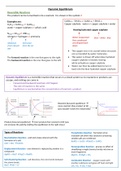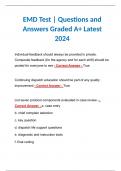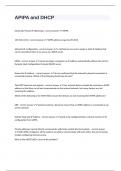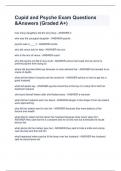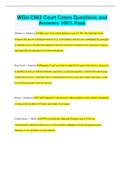Summary
Summary Edexcel GCSE Chemistry Topic 5 - Separate Chemistry 1
- Course
- Institution
- Book
Grade achieved: 9. I have put an immense amount of hard work into making this set of notes and it was well worth it as it enabled me to achieve the highest grade possible. My notes are based on class notes, online resources and the CGP textbook attached. Please don't hesitate to contact me for more...
[Show more]
